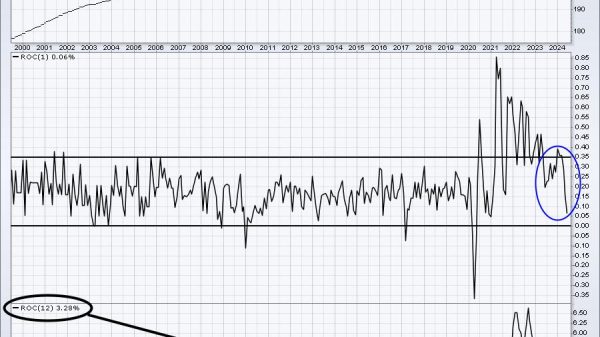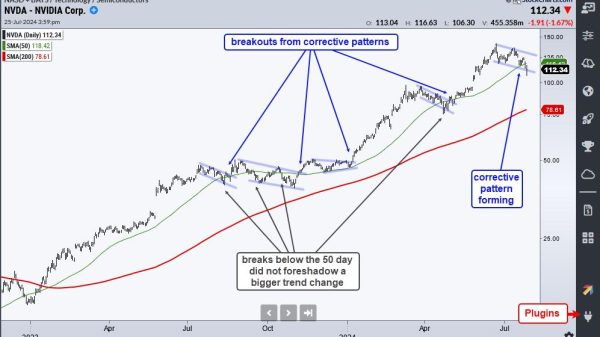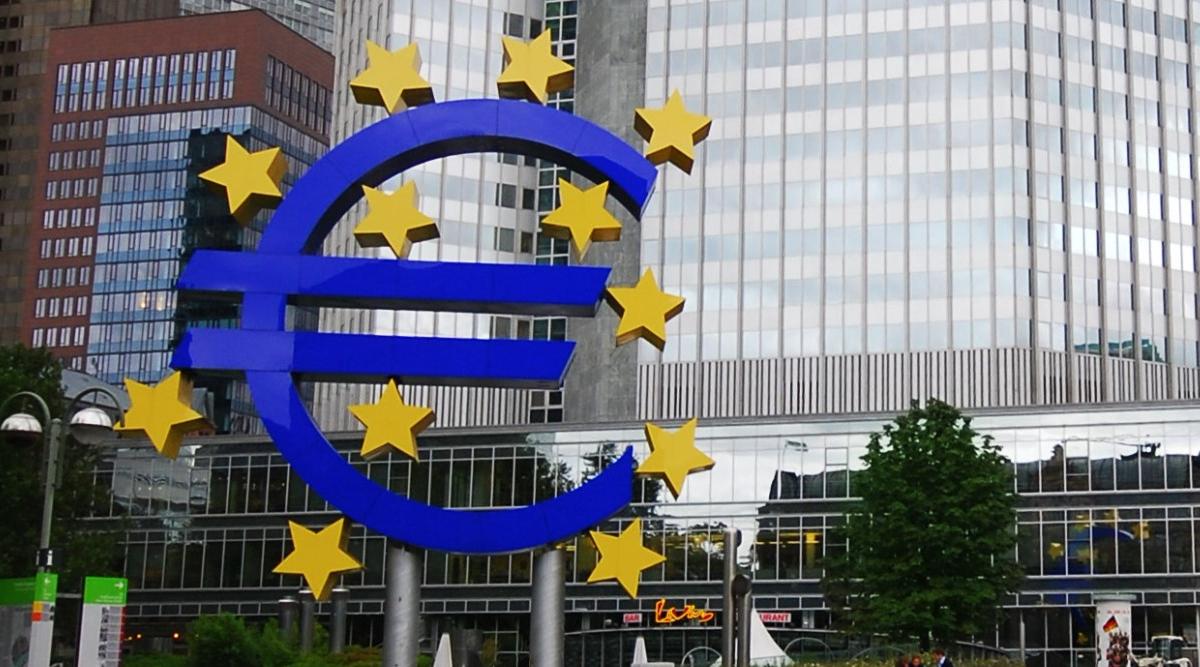Investor sentiment is clearly bullish. The CNN Fear and Greed Index for June 18th, 2023, stood at 82, which signals “extreme greed”. This is a drastic optimistic move after closing at “greed” (56 over 100) a month before and “extreme fear” (17 over 100) only one year ago. However, in the same period, the Citi global economic surprise index has declined twelve points, with the euro area component collapsing 123 points. The US economic surprise index has also declined by thirteen points.
The disastrous performance of the euro area, which fell into recession in the first quarter, is also happening while this economic region enjoys significant tailwinds: Declining energy and commodity prices have supported the euro area’s GDP, boosting the external component thanks to meaningfully lower imports. Furthermore, the euro area should benefit from the expected positive impact of the massive EU Next Generation stimulus plan. None of those effects have helped, which proves yet again that massive government stimulus plans hardly boost growth and productivity and are often directed to politically favored sectors with little real impact on jobs or growth.
This is hardly a surprise, as the Juncker Plan and the Growth and Jobs Plan of 2009 also failed to deliver any multiplier effect. The euro area is a chain of government stimulus plans that yield no real economic return as productivity growth continues to be exceedingly poor, the unemployment rate is twice that of the U.S., and growth simply does not take off.
It is important to understand that the negative trend in economic surprise comes in the middle of two gigantic stimulus plans, in the euro area and the U.S., and with the benefit of lower imports due to falling commodity prices and rising exports thanks to a robust China re-opening, which may have come below consensus estimates but is still the driving force of global growth alongside India.
Many blame rate hikes for this decline in macroeconomic figures relative to estimates. However, few seem to blame the insanely negative real rates and monster stimulus packages for this poor economic return. Think about this for a moment: The world “invested” close to 20% of its GDP in public and monetary stimuli in 2020 to deliver a strong recovery that never happened and only received high inflation and poor growth in return.
The spectacular failure of these enormous stimulus plans is almost never analyzed in academic papers because it seems that some academics have decided to avoid any study that mildly questions governments and their bloated spending. Stimulus plans fail, and all we seem to hear when the recovery is weak is that the problem is the normalization of rates, not the inexistent multiplier effect of these giant government plans that leave an unsustainable trail of higher debt and, now, inflation.
Social programs have also failed. The latest Eurostat figures show that in 2022, 95.3 million people in the EU will be at risk of poverty or social exclusion, equivalent to 21.6% of the EU population. In 2018, it was 109.2 million people, or 21.7% of the population. This is an almost insignificant improvement considering the enormous social spending, more than two trillion euros of stimulus, and the increase in population. Resorting to the old “it could have been worse” argument makes no sense. There is plenty of evidence of better uses of public money all over the world.
Rate hikes have not caused the weakening of the eurozone economy; giant government spending plans have. There is no discernible improvement in productivity or job creation other than the return of tourism, and certainly no fiscal multiplier. The growth trend is simply back to where it was in December 2019, with the eurozone on the verge of recession but with a significantly larger debt burden.
The balance sheet of the G4 central banks has just declined by a small 9.5% after soaring 78% in 2020–2021. Rate hikes have only corrected the economic aberration of negative rates. Normalization of monetary policy is happening slowly, and central banks remain hugely accommodative. Some investors may expect a mirage bounce from government programs that have proven to generate no real improvement numerous times, but it will not happen.





















